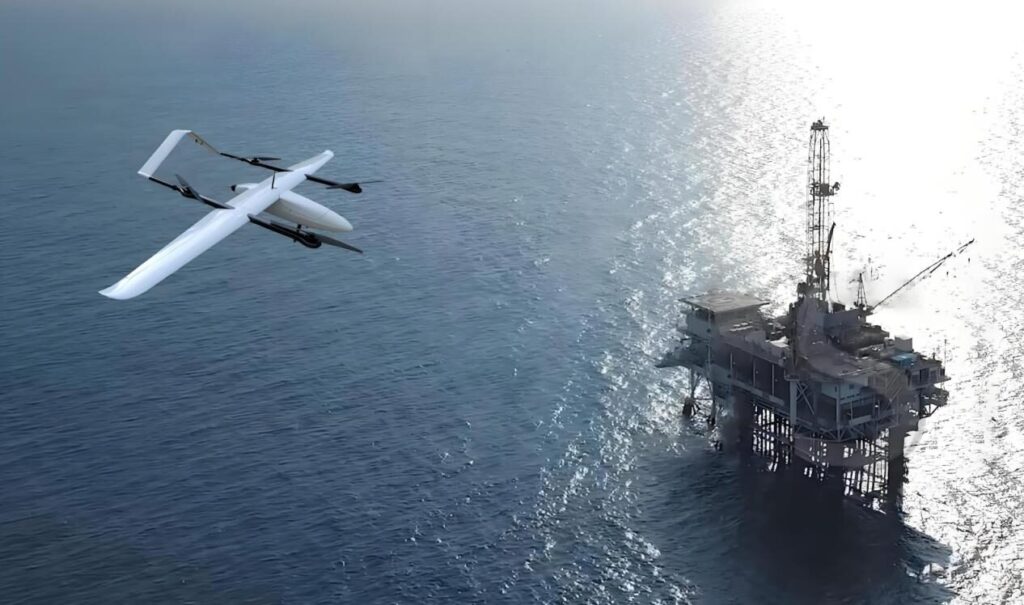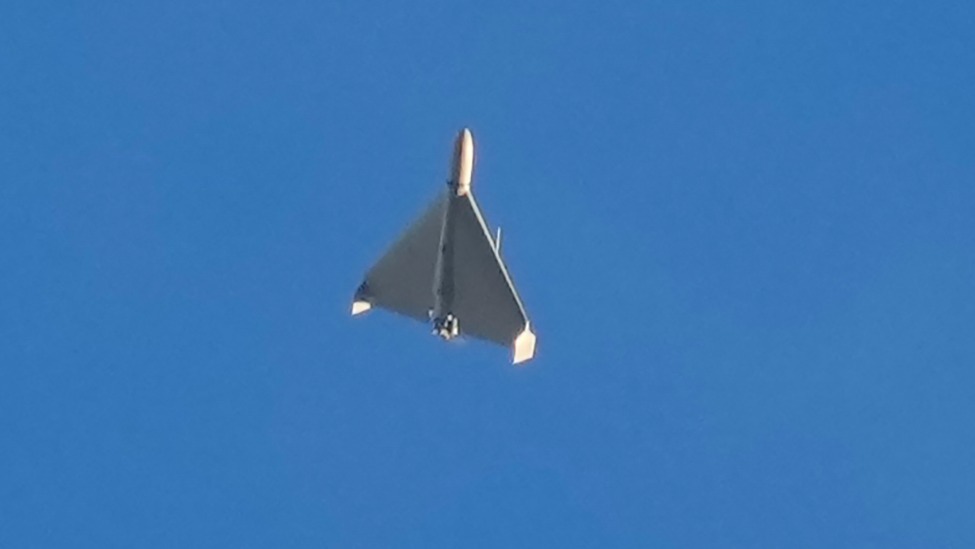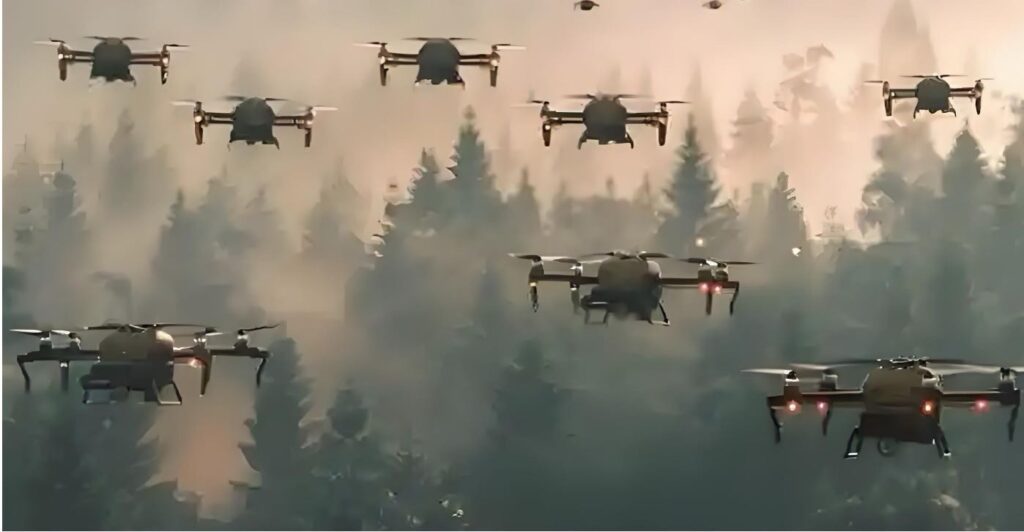
In modern warfare, a new paradigm is rapidly altering the rules of engagement: hundreds of drones, coordinated by AI, move in unison like a highly disciplined unit. These “swarm drones” conduct reconnaissance, launch precision strikes, and disrupt enemy communications, acting as invisible blades capable of crippling air defense networks. Dubbed “swarm tactics,” this innovation not only enhances combat efficiency but is also hailed as one of the most transformative military advancements of the coming decade.
How Do Swarm Tactics Work?
At the heart of swarm drones lies a collective intelligence system. Each unit, equipped with basic AI processing, shares real-time data and makes autonomous decisions:
- Role Allocation: A subset of drones conducts high-altitude reconnaissance, mapping the battlefield in real time.
- Synchronized Strikes: Multiple drones lock onto targets and attack simultaneously.
- Electronic Warfare: Others emit jamming signals to disable enemy radar systems.
Even if individual drones are neutralized, the swarm autonomously redistributes tasks to maintain relentless pressure.
Battlefield Validation: Low Cost, High Impact
Swarm drones have proven their tactical value in recent conflicts:
- Logistics Disruption: In one operation, a drone swarm simultaneously targeted multiple critical enemy facilities at a fraction of the cost of conventional weapons.
- Ground Support: By deploying electromagnetic interference, swarms have enabled rapid breakthroughs in fortified zones, drastically reducing troop exposure.
Such cases demonstrate that swarm tactics can neutralize high-value targets with minimal expenditure while nearly eliminating operator casualties.
Technological Breakthroughs: Three Pillars of Advancement
- Collision Avoidance AI
Advanced algorithms optimize flight paths in real time, preventing mid-air collisions and boosting strike efficiency exponentially.
- Resilient Communication
Military-grade frequency-hopping technology ensures stable coordination even in heavily contested electromagnetic environments.
- Scalable Production
Modular design and automated production lines slash costs, enabling rapid deployment of swarms numbering in the thousands.
Experts predict that by 2025, “thousand-drone operations” will redefine the tempo of warfare.
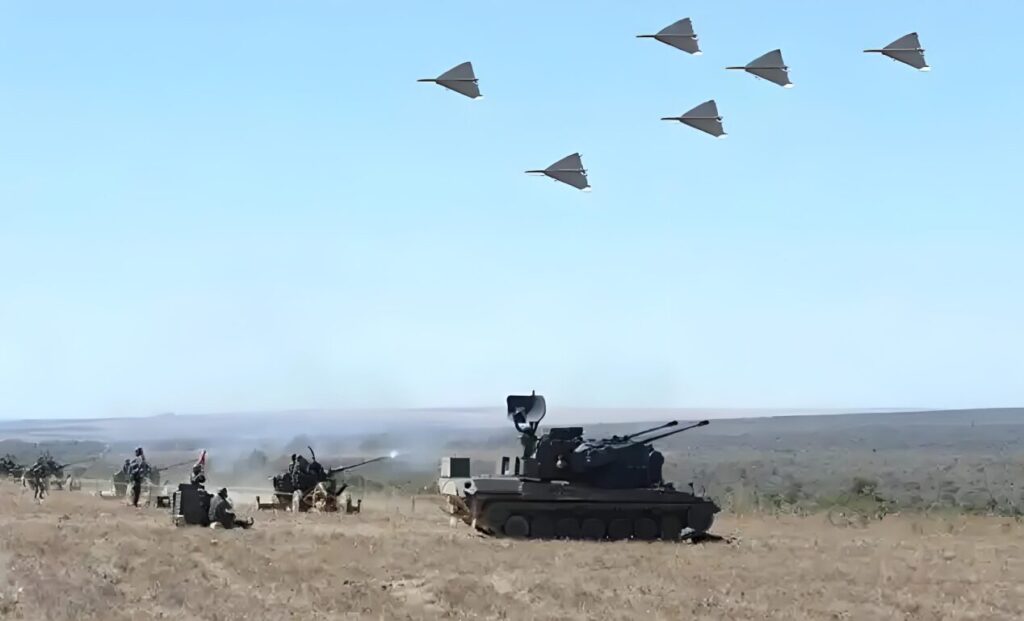
Why Swarms? The Strategic Edge
Compared to traditional weaponry, swarm drones offer unmatched advantages:
- Cost Efficiency: A hundred drones cost less than a single high-end missile but can engage dozens of targets.
- Defense Evasion: Dense, low-altitude formations overwhelm existing air defense systems.
- All-Weather Reliability: Rain, snow, or darkness—no condition hinders swarm operations.
Analysts note: “This technology forces adversaries into constant uncertainty, never knowing where the next strike will originate.”
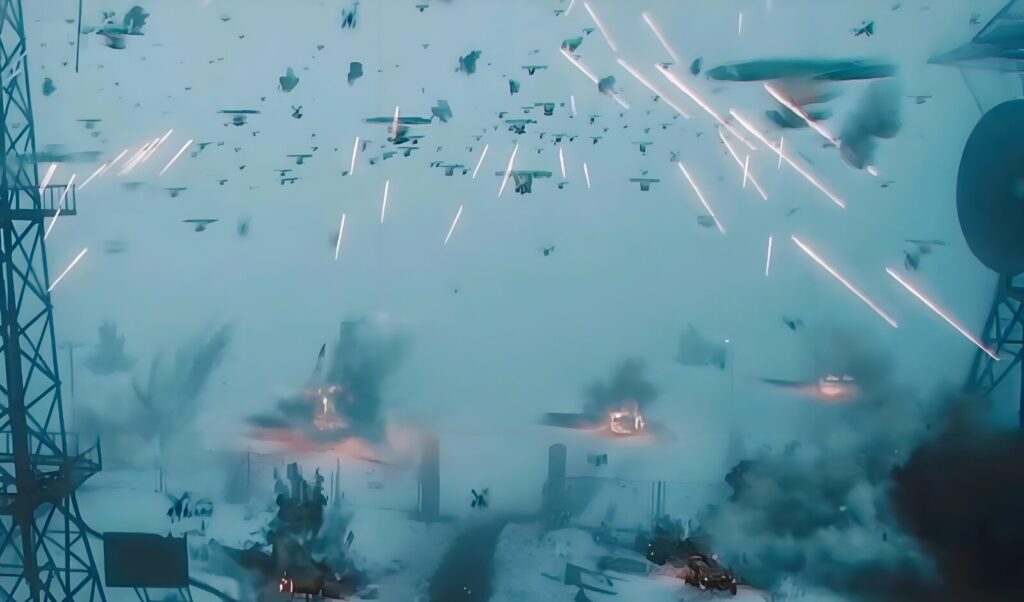
Conclusion: The Future of Intelligent Warfare
The rise of swarm tactics signals a shift from “steel vs. steel” conflicts to battles dominated by algorithms and industrial scalability. For modern defense strategies, adopting swarm technology is not merely a tactical upgrade but a cornerstone for achieving asymmetric dominance under resource constraints.
As a recent assessment concluded: “By 2025, militaries lacking swarm capabilities will be as vulnerable as those without air superiority.” The era of intelligent warfare has arrived—and its rules are being rewritten.
